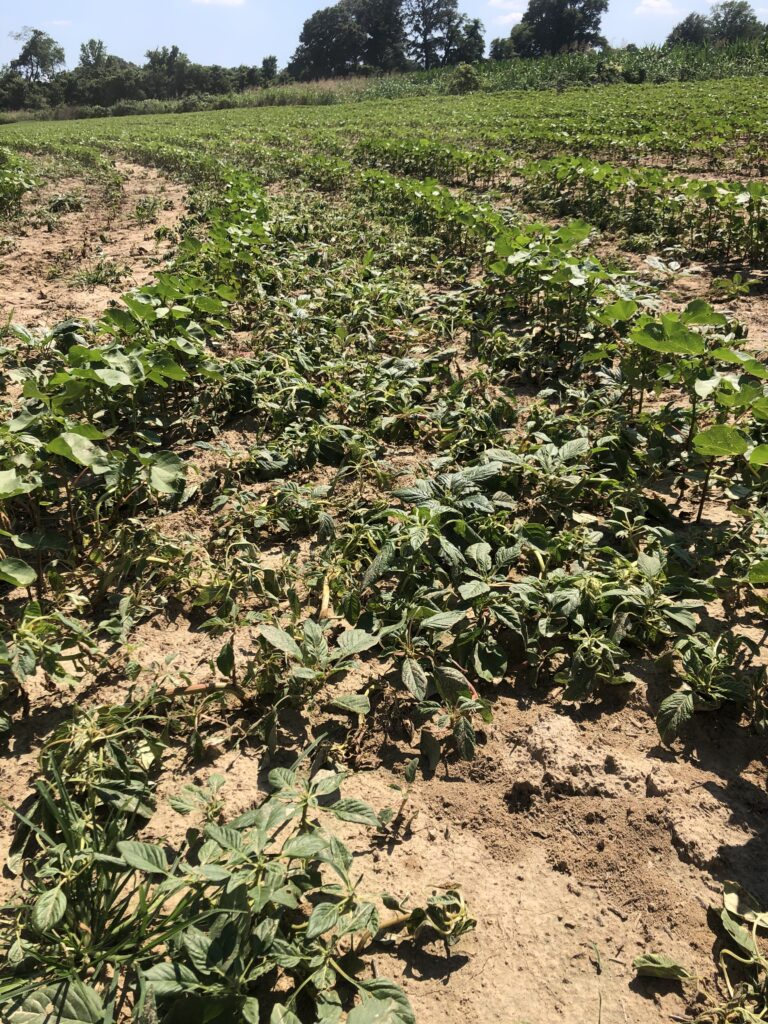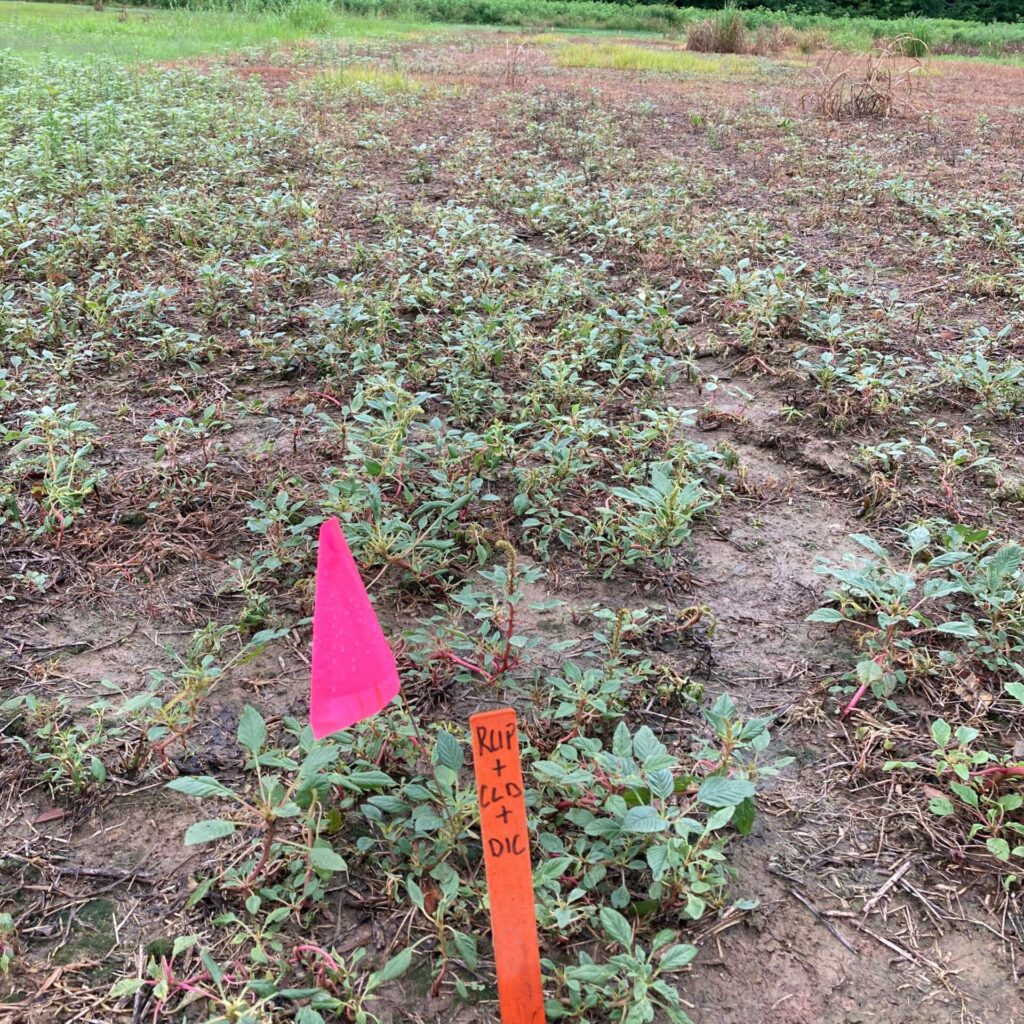It is July 1, 2021 so the June 30 cut-off to spray dicamba over Xtend soybean has passed. The questions of the week have been once July has arrived what alternatives are there to control Palmer amaranth in soybean? Continue reading
All posts by Larry Steckel, Extension Weed Specialist
Glyphosate-Resistant Johnsongrass can Foster an Old Corn Disease

Two old and now “new” again corn viral diseases Maize Dwarf Mosaic (MDM) and Maize Chlorotic Dwarf (MCDV) have been causing severe stunting of corn in a few fields in southwest Tennessee. With the slowly increasing spread of glyphosate-resistant (GR) Johnsongrass it was only a matter of time before these two diseases would once again become an issue in corn. Continue reading
Zidua Impregnated on Fertilizer Applications in Cotton
There are some who have or soon will apply Zidua (pyroxasulfone) via impregnated fertilizer in cotton. My understanding is that this has been done successfully in Texas in years past. Along with those applications we have applied some in research as well a few days ago. One would expect no cotton injury applied via fertilizer to dry foliage. Indeed, that was the case in our trials. Continue reading
Post-Direct Applied Herbicide Applications in Cotton

Some of the earlier planted cotton fields will soon be entering the true “laying it by” application timing. Given that some in 2020 were not successful spraying the same Palmer amaranth or junglerice multiple times with glyphosate + dicamba going back to an “old school” layby is a good plan. Continue reading
Reminder: UT Weed Tour (This Wednesday June 16, 2021)
JACKSON, Tenn. – The University of Tennessee Institute of Agriculture will host the annual Weed Tour on Wednesday, June 16 at the West Tennessee AgResearch and Education Center. The guided tour will feature 60 weed management research tests in corn, soybean and cotton as well as a demonstration of herbicide symptomology. Continue reading
Managing Dicamba or Enlist One Resistant Palmer Amaranth

Judging from research tests and walking a few farmers’ fields many of the PRE applied herbicides in soybean and cotton played out about a week or so ago. Timing is everything on trying to do the best job on Palmer amaranth that has broken through the PREs. With respect to Palmer amaranth that has low-level dicamba or 2,4-D resistance (2 to 3x), timing is even more important. Moreover, herbicide selection is also critical in controlling resistant Palmer. Continue reading
Reminder: UT Weed Tour (Next Wednesday June 16, 2021)
JACKSON, Tenn. – The University of Tennessee Institute of Agriculture will host the annual Weed Tour on Wednesday, June 16 at the West Tennessee AgResearch and Education Center. The guided tour will feature 50 weed management research tests in corn, soybean and cotton as well as a demonstration of herbicide symptomology. Continue reading
Start Scouting for Palmer Amaranth that Escapes Dicamba or 2,4-D

This picture (Picture 1) was taken just 4 days after a dicamba + glyphosate + clethodim application on 3” Palmer amaranth. Judging from some experience with this Palmer population, the growth after application would suggest it will likely survive. When we revisited the site indeed it had (Picture 2). Fields infested with similar Palmer populations are scattered about in a few counties in West and Middle TN. As such, there will be no substitute for first hand observation to determine if Palmer amaranth is recovering from a dicamba or Enlist application.
In our research more dicamba sensitive Palmer amaranth will often be dead or well on their way under good heat and moisture conditions in 7 days or so. Palmer that is showing regrowth from the apical meristem or lateral buds around 7 to 10 days after application often will live. Experience from last year would indicate that not only will they live but after a short pause will become quite competitive. Continue reading
